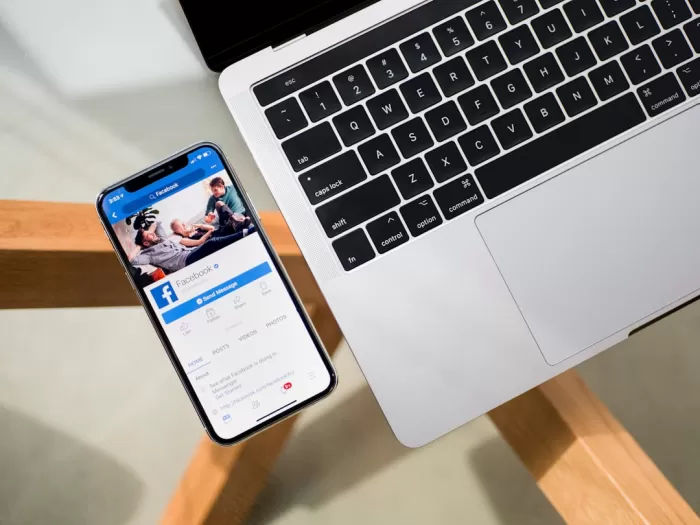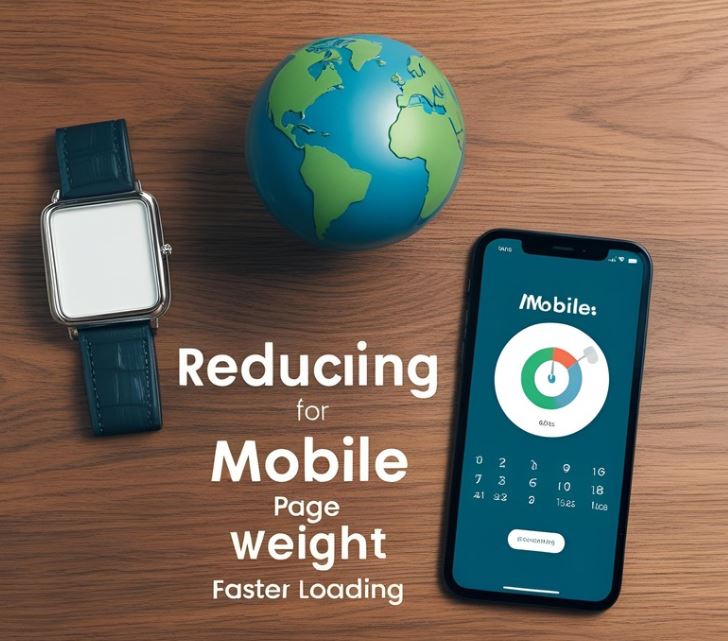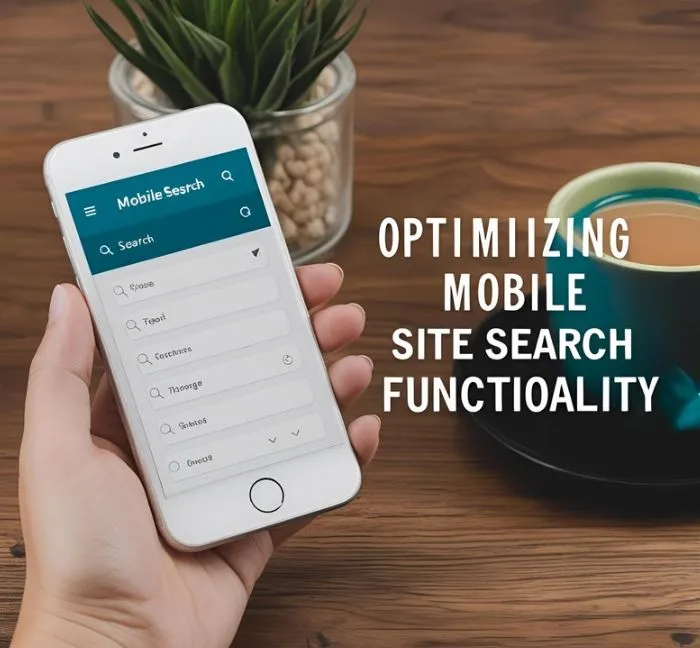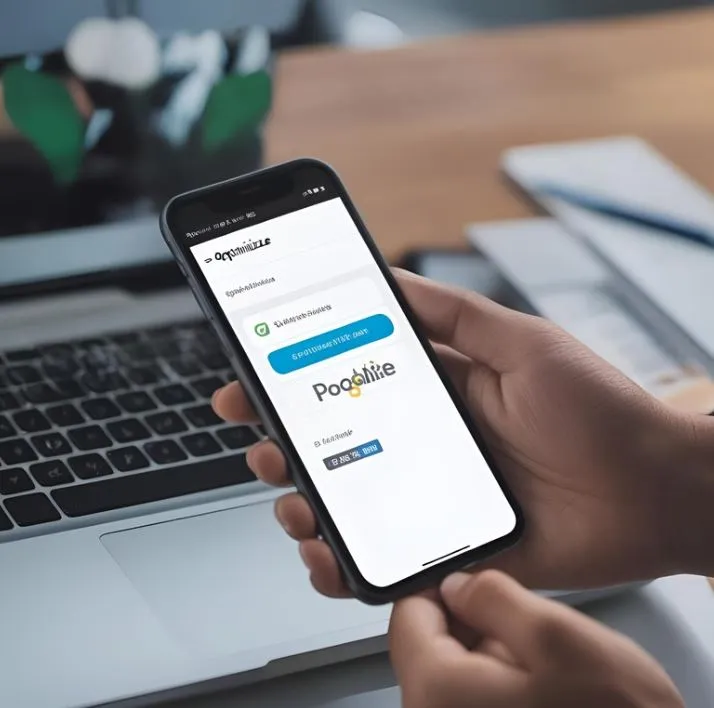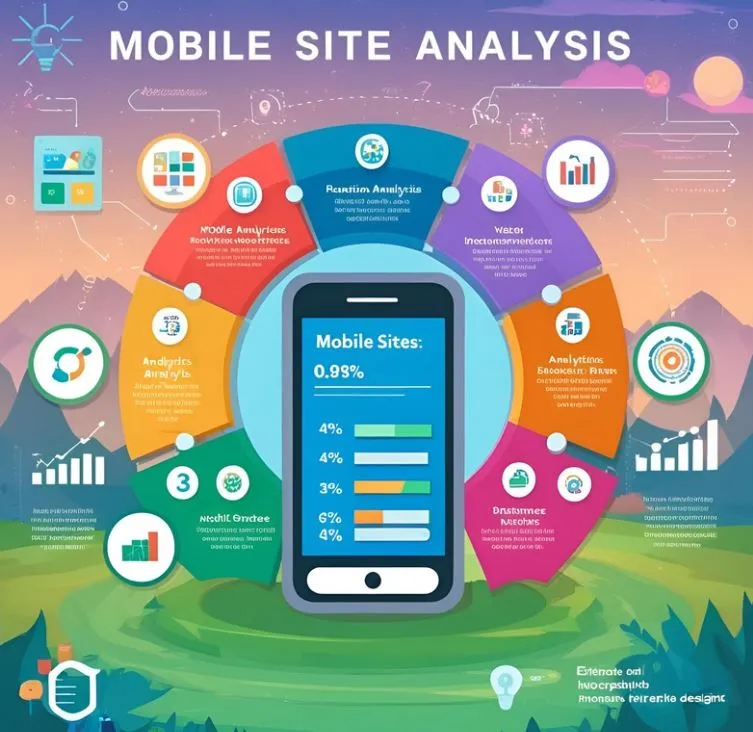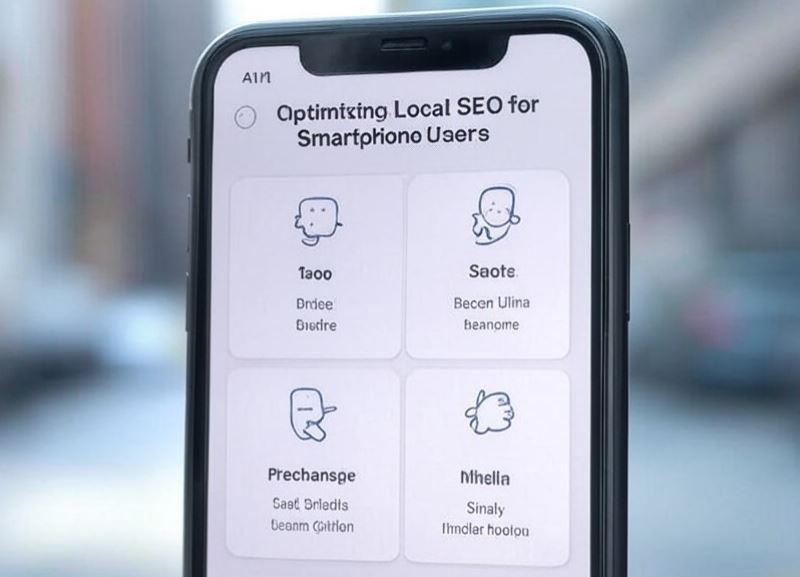
In the digital age, smartphones have become essential tools for finding information and discovering businesses. More people are turning to their smartphones to search for products, services, and local businesses while on the go. As a result, businesses must optimize their websites and online presence for mobile users to remain competitive. Local search engine optimization (SEO) for smartphone users is a powerful strategy to ensure that businesses can be found when local customers are looking for them.
The importance of optimizing for local SEO, particularly for mobile devices, cannot be overstated. With billions of searches taking place daily on mobile devices, businesses that fail to optimize their online presence for mobile search risk losing out on a significant portion of their potential customers. This article explores key strategies for optimizing local SEO for smartphone users, helping businesses attract more local traffic, improve their search rankings, and ultimately drive conversions.
Why Local SEO Matters for Smartphone Users
Local SEO refers to the practice of optimizing a website so that it ranks higher in search results for geographically relevant queries. For businesses that operate within specific geographic areas, local SEO is crucial for visibility and customer acquisition. This is particularly true for businesses targeting mobile users, who often conduct searches based on their location or immediate needs.
Recent trends show that a large percentage of local searches are conducted on smartphones. People use their phones to look for local businesses, restaurants, services, or products nearby. Whether they're searching for a nearby coffee shop, a plumber, or directions to a store, smartphones are an integral part of this process. According to statistics, nearly 60% of all online searches come from mobile devices, and a significant portion of these searches are related to local businesses.
Optimizing your website for local SEO ensures that your business appears in relevant local searches when users are looking for what you offer. Moreover, a mobile-optimized site enhances the overall user experience, which can lead to higher engagement, increased time spent on your site, and more conversions.
Mobile Optimization: A Critical Factor for Local SEO
With the majority of searches now taking place on smartphones, having a mobile-optimized website is a non-negotiable factor in any local SEO strategy. A mobile-optimized site not only improves user experience but also helps improve search engine rankings, especially in Google’s search algorithms.
Responsive Web Design for Mobile Devices
One of the most effective ways to optimize a website for mobile users is to ensure it has a responsive design. A responsive website automatically adjusts its layout and content to fit different screen sizes, including smartphones and tablets. This design approach ensures that your website looks and functions well on all devices, providing a seamless experience for visitors.
Search engines, particularly Google, prioritize responsive websites in their ranking algorithms. In 2015, Google officially confirmed that mobile-friendliness is a ranking factor. This means that websites that are not optimized for mobile devices are likely to rank lower in mobile search results, potentially losing out to competitors with mobile-friendly sites.
By adopting a responsive design, businesses can ensure that their websites are mobile-ready, easy to navigate, and provide a pleasant experience for users, whether they are browsing from a desktop or smartphone.
Improving Page Load Speed
Another essential aspect of mobile optimization is page load speed. Studies have shown that slow-loading websites can lead to high bounce rates, particularly among mobile users. When users visit a website on their smartphone, they expect the site to load quickly. If the site takes too long to load, they are likely to abandon it in favor of a faster competitor’s site.
Google’s PageSpeed Insights tool is a useful resource for assessing and improving page load times. Some strategies for improving load speed include optimizing images, reducing unnecessary code, enabling browser caching, and utilizing content delivery networks (CDNs). A fast-loading website provides a better user experience and is more likely to rank higher in search engine results.
Mobile-Friendly Navigation
Another key aspect of mobile optimization is creating user-friendly navigation. On a small smartphone screen, it’s crucial that visitors can easily find the information they are looking for. Businesses should focus on simplifying navigation by using clear, concise menus and ensuring that links are large enough to be tapped comfortably.
Too many businesses make the mistake of copying desktop navigation menus to their mobile sites, which can make it difficult for users to interact with the site on smaller screens. Mobile navigation should be intuitive, with easy-to-use buttons, scrollable content, and clear call-to-action buttons that guide users toward conversions.
Local SEO Best Practices for Smartphone Users
Optimizing for local SEO goes beyond just having a mobile-friendly website. To effectively target local customers, businesses must implement several strategies that improve their visibility in local search results.
Claiming and Optimizing Google My Business Profile
Google My Business (GMB) is one of the most important tools for local SEO. It allows businesses to manage their online presence on Google, including search results and Google Maps. Claiming and optimizing your GMB profile is essential for businesses that want to appear in local search results.
A fully optimized GMB profile increases your chances of appearing in the "Local Pack," a section of Google search results that displays the top three local businesses relevant to a user’s search. This visibility is especially valuable for businesses looking to attract local customers, as the Local Pack appears prominently at the top of search results.
When optimizing your GMB profile, ensure that all business information is accurate and up to date, including your business name, address, phone number, website, and business hours. Add high-quality images of your business, and encourage satisfied customers to leave reviews. Positive reviews not only help improve your rankings but also build trust and credibility with potential customers.
Optimizing for "Near Me" Searches
One of the most common ways users search for local businesses on their smartphones is by using phrases like “near me.” These searches are typically location-based and require businesses to optimize their content for geographic relevance.
To appear in "near me" searches, businesses should include location-specific keywords on their website, such as the name of the city or neighborhood in which they operate. It’s also important to ensure that your NAP (Name, Address, and Phone number) is consistent across all online platforms, including your website, social media profiles, local directories, and review sites.
Incorporating local terms and phrases throughout your website’s content, meta descriptions, and titles helps search engines understand the geographic relevance of your business and improves your chances of ranking for local queries.
Creating Local Content
One of the best ways to engage local customers and improve your local SEO is by creating content tailored to your community. This could include blog posts, videos, case studies, or news updates related to your location. Local content demonstrates to search engines that your business is actively involved in the local community and relevant to local users.
For example, if your business is a restaurant, you could write blog posts about local food events or feature local suppliers. If you are a service-based business, you could write about community initiatives or charity events you participate in. Providing local content not only engages customers but also improves your SEO by increasing your website’s relevance to local searches.
Encouraging Online Reviews
Online reviews play a significant role in local SEO, especially for businesses targeting mobile users. According to research, consumers are more likely to choose a business with positive reviews over one with few or no reviews. Reviews can also impact local search rankings, with businesses that receive frequent, high-quality reviews often ranking higher in search results.
Encouraging your customers to leave reviews on Google and other review platforms is an effective way to boost your local SEO. Make it easy for customers to leave reviews by providing direct links to your review profiles and by asking for feedback after a purchase or service. Responding to reviews, both positive and negative, also shows that you value customer input and are committed to providing excellent service.
Voice Search Optimization for Mobile Users
Voice search has seen tremendous growth in recent years, especially with the rise of virtual assistants like Siri, Google Assistant, and Alexa. Mobile users increasingly rely on voice search to find local businesses, making voice search optimization an essential part of local SEO.
Voice search queries are often more conversational in nature, with users asking complete questions rather than typing keywords. For example, instead of typing "best pizza near me," a user might ask, "What is the best pizza place near me?" To optimize for voice search, businesses should focus on natural language and long-tail keywords. Answering common questions in your content, such as "What are your business hours?" or "How can I contact you?" can help your website appear in voice search results.
The Role of Local Backlinks
Local backlinks, or links from other local websites to your own, can significantly boost your local SEO efforts. Backlinks are a key factor in SEO, as they signal to search engines that other reputable sites consider your content valuable.
To acquire local backlinks, businesses should focus on building relationships with other local businesses, news outlets, and community organizations. This can be achieved through guest blogging, local partnerships, sponsoring local events, or being featured in local news stories. The more authoritative and relevant the local website, the greater the impact on your local SEO rankings.
Final Thoughts on Local SEO for Smartphone Users
Optimizing local SEO for smartphone users is an essential strategy for businesses that want to stay competitive in the digital age. By ensuring your website is mobile-friendly, optimizing for local search, creating valuable local content, and leveraging tools like Google My Business, businesses can improve their visibility and attract more local customers.
As mobile usage continues to grow, businesses must adapt their SEO strategies to meet the needs of smartphone users. With the right local SEO tactics in place, your business can stand out in local search results, increase traffic, and ultimately drive conversions. The future of local SEO is mobile, and businesses that prioritize mobile optimization will reap the rewards.


